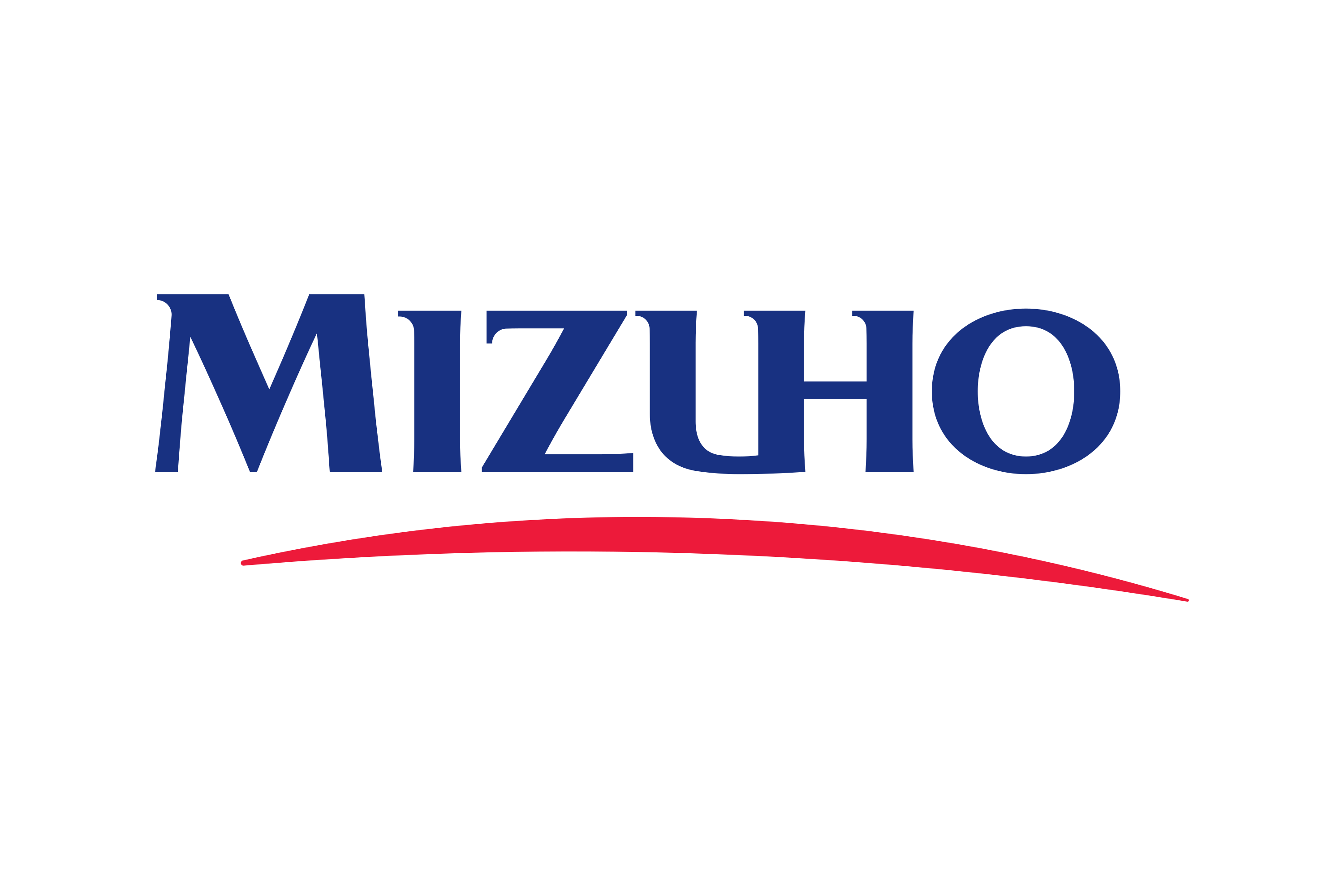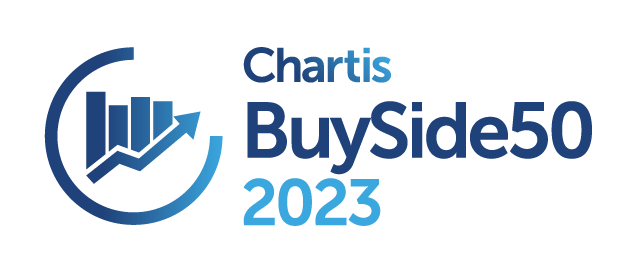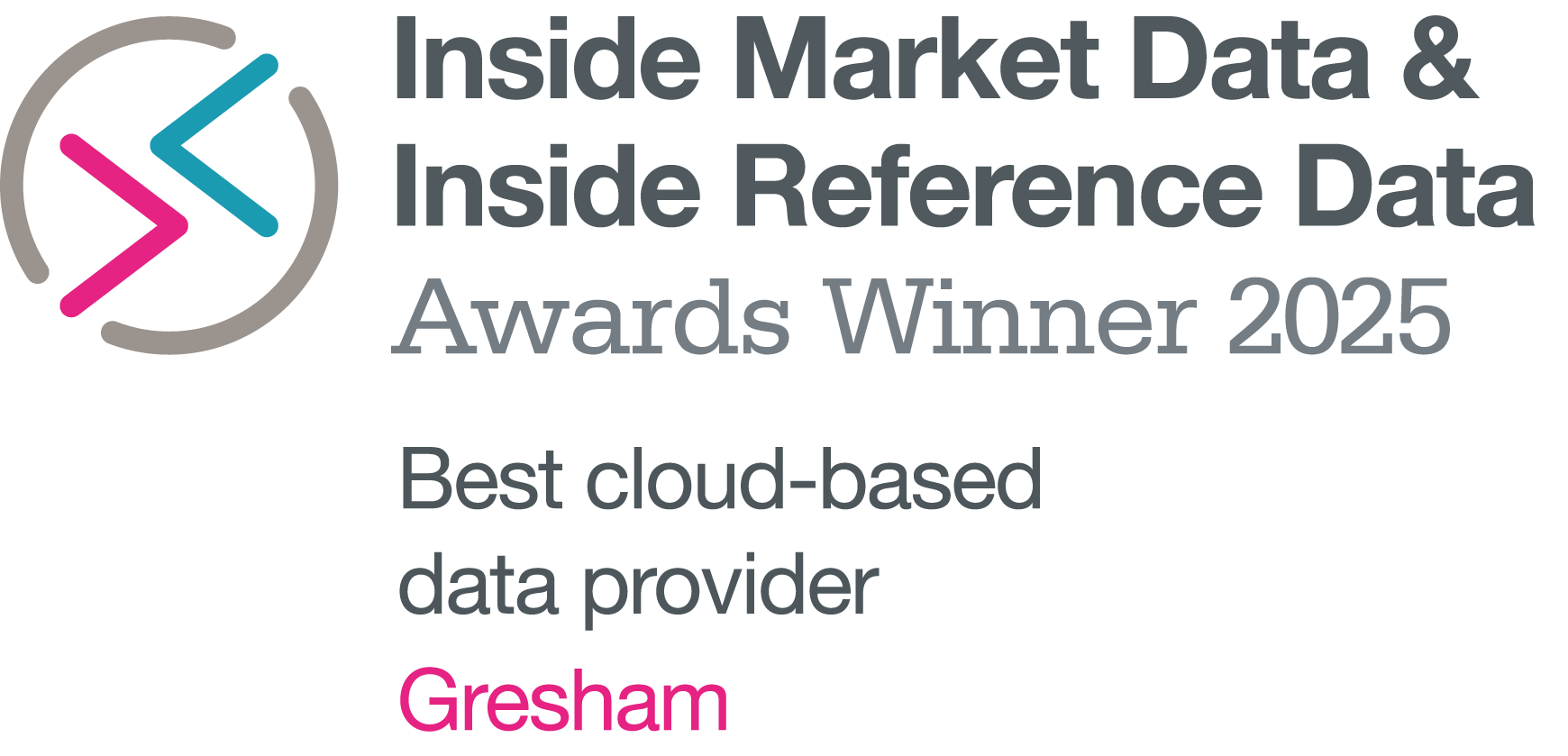Reference data is the set of standardized values and definitions that ensure consistent classification and interpretation of information across an organization. As defined by data management expert Malcolm Chisholm, it provides the permissible values used to define categories and labels consistently throughout a firm.
Purpose and importance: Reference data provides essential context to other data, enabling consistent classification and reducing errors and misunderstandings. In financial services, this consistency is critical throughout the entire trade lifecycle, from pre-trade validation to settlement and regulatory reporting.
Dynamic nature: Despite being called "static" or "master" data, reference data requires constant maintenance with updates, reclassifications, and new linkages that must be reflected with precision and speed.
Complex relationships: Modern reference data management involves linking related information across domains to create complete, enriched views. For example, a single bond connects to its issuer's legal structure, credit rating, ESG scores, benchmark indices, corporate actions, pricing data, risk models, and transaction records.
Strategic value: This web of interconnected relationships transforms reference data from an operational necessity into a strategic asset when managed centrally, enabling better decision-making and risk management across the organization.















-1.png)
.png)




.png)
.png)
